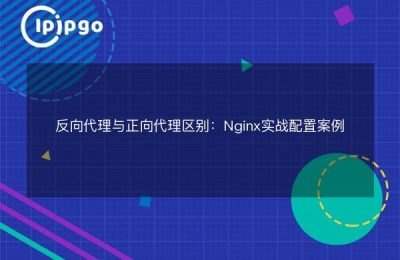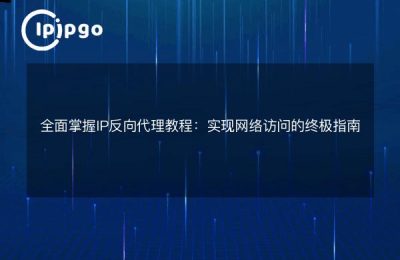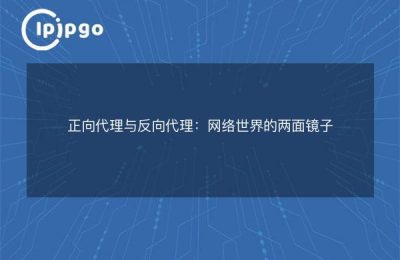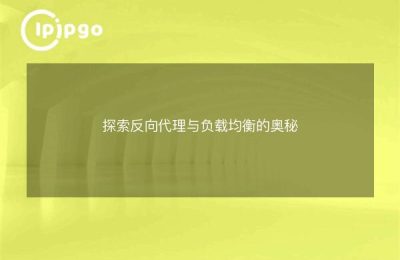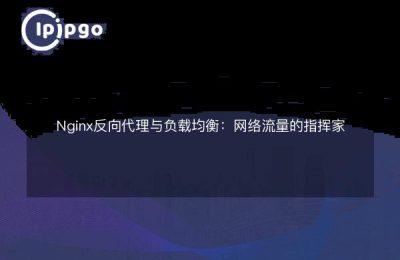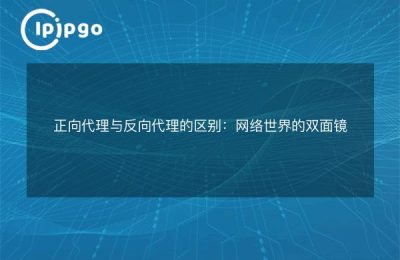
Difference between Forward and Reverse Proxy Explained
Proxy servers play an important role in network architecture. Depending on how they work and their purpose, proxies can be categorized into forward and reverse proxies. Although their names are similar, their functions and application scenarios are significantly different. This article will delve into the differences between these two types of proxies.
1. Definition of positive proxy
Forward proxying is when a client sends a request to a target server through a proxy server. The client does not know the real address of the target server, but sends the request to the proxy server, which forwards the request to the target server. When the target server responds, it also returns the data to the proxy server, which finally passes the data to the client.
The main functions of a forward proxy include:
- Hide the real IP address of the client: the target server can only see the IP address of the proxy server, thus protecting user privacy.
- Cache commonly used data: Proxy servers can cache requested data to improve access speed.
2. Definition of reverse proxy
A reverse proxy, on the other hand, means that when a client sends a request to a target server, it first passes through a proxy server. Unlike a forward proxy, a reverse proxy hides the real address of the target server. The client does not know which server is actually providing the service it is requesting.
The main functions of a reverse proxy include:
- Load balancing: Reverse proxy can distribute requests to multiple back-end servers to achieve load balancing and improve system performance.
- Security: By hiding the real server address, the reverse proxy can enhance the security of the back-end server against direct attacks.
- SSL encryption: Reverse proxies can handle SSL encryption, reducing the burden on back-end servers.
3. Comparison of working principles
In order to understand the difference between forward and reverse proxies more clearly, a graphical comparison can be made:
-
- Positive Agents:
Client → Forward Proxy Server → Destination Server
-
- Reverse proxy:
Client → Reverse Proxy Server → Backend Server
4. Application scenarios
Forward and reverse proxies have different scenarios in practice:
- Positive Agents:Commonly used by users who need access to a website, or when accessing resources on a company's intranet.
- Reverse proxy:Commonly used in large websites and applications, reverse proxies can achieve load balancing, enhance security and provide caching services.
summarize
Although forward and reverse proxies are similar in name, they are significantly different in terms of their working principle, functionality, and application scenarios. Understanding the differences between the two can help in choosing the right type of proxy to fulfill specific needs in real network architectures.

